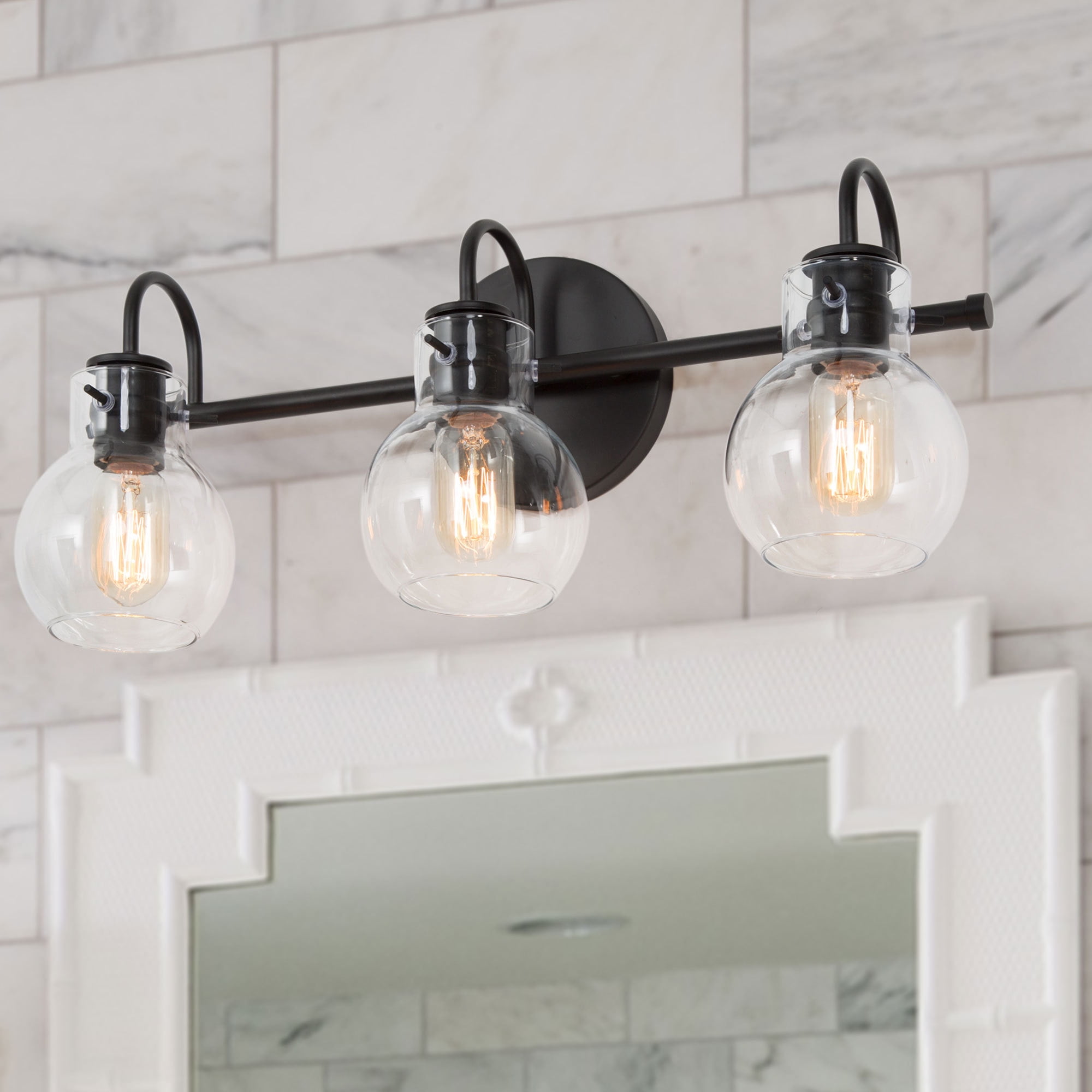Black Light Effects on Bathroom Surfaces

Black light for bathroom – Black light, also known as ultraviolet light, can reveal hidden stains and imperfections on bathroom surfaces that are not visible under normal lighting conditions. This is because black light causes certain substances, such as bodily fluids, to fluoresce, or glow.
Tiles and grout are particularly susceptible to showing stains under black light. This is because these surfaces are often porous and can absorb liquids. Stains from urine, feces, and other bodily fluids can be easily detected under black light, even if they have been cleaned.
Fixtures, such as toilets, sinks, and faucets, can also show stains under black light. This is because these fixtures are often made of materials that can absorb liquids, such as porcelain and metal.
Black lights, with their ethereal glow, can transform any bathroom into a cosmic sanctuary. But for a touch of elegance, consider bathroom 2 mirrors 1 light. The dual mirrors provide ample illumination, while the single light casts a warm glow, creating an ambiance that invites both relaxation and reflection.
And as you gaze into the mirror, the black light’s magic will make your skin shimmer with an otherworldly glow, reminding you of the limitless possibilities that lie within your bathroom’s sacred space.
Black light can be a useful tool for cleaning bathrooms, as it can help to identify areas that need to be cleaned more thoroughly. It can also be used to detect leaks or other problems that may not be visible under normal lighting conditions.
In the sanctuary of your bathroom, black light can unveil hidden realms, casting an ethereal glow on your nocturnal ablutions. Yet, for a more subdued illumination, consider milk glass bathroom lighting. Its soft, diffused radiance creates an intimate ambiance, where shadows dance gracefully and every detail whispers secrets.
Stains on Tiles and Grout
Stains on tiles and grout are often caused by bodily fluids, such as urine, feces, and vomit. These stains can be difficult to remove, but they can be easily detected under black light.
To remove stains from tiles and grout, you can use a variety of cleaning products, such as bleach, vinegar, or commercial tile cleaners. You may need to scrub the stains with a brush to remove them completely.
Stains on Fixtures
Stains on fixtures are often caused by hard water, soap scum, or other minerals. These stains can be difficult to remove, but they can be easily detected under black light.
To remove stains from fixtures, you can use a variety of cleaning products, such as vinegar, CLR, or commercial fixture cleaners. You may need to scrub the stains with a brush to remove them completely.
Benefits of Using Black Lights in Bathrooms: Black Light For Bathroom

Incorporating black lights into bathroom environments offers a range of advantages, enhancing both hygiene and aesthetics.
Black lights, emitting ultraviolet radiation, have the unique ability to reveal hidden contaminants that may not be visible under regular lighting. Mold, mildew, and other microorganisms often thrive in moist bathroom environments, posing potential health hazards. By using black lights, these contaminants can be detected, enabling prompt cleaning and remediation, thus improving overall hygiene and reducing the risk of respiratory issues.
Enhanced Hygiene, Black light for bathroom
- Detect and eliminate hidden mold, mildew, and bacteria, improving bathroom hygiene.
- Reduce the risk of respiratory issues associated with mold exposure.
- Promote a cleaner and healthier bathroom environment.
Improved Aesthetics
Beyond their practical benefits, black lights can also enhance the aesthetic appeal of bathrooms.
- Create a unique and eye-catching ambiance.
- Complement modern bathroom designs.
- Highlight decorative elements, such as tiles or fixtures, that may not be visible under regular lighting.
Design Considerations for Black Light Bathrooms

Incorporating black lights into bathroom designs requires careful consideration to ensure a safe and visually captivating experience. Here are some guidelines to follow:
Placement: Black lights should be strategically placed to create the desired effect. Consider the size of the bathroom, the location of fixtures, and the overall layout. Mount black lights on walls or ceilings, aiming them towards specific surfaces or objects to enhance their glow.
Fixtures
Choose fixtures that are compatible with black lights. Fluorescent tubes, LED strips, and compact fluorescent bulbs are suitable options. Avoid using incandescent bulbs, as they emit minimal ultraviolet (UV) light necessary for black light effects.
Safety Measures
UV light can be harmful to the skin and eyes. Install black lights in enclosed fixtures or behind protective screens to minimize direct exposure. Avoid prolonged exposure to UV light, and wear protective eyewear if necessary.
Creating Unique Lighting Experiences
Black lights can transform bathrooms into immersive and otherworldly spaces. Experiment with different colored black lights to create specific moods. Use black lights to highlight textures, patterns, and artwork, making them come alive in the darkness.